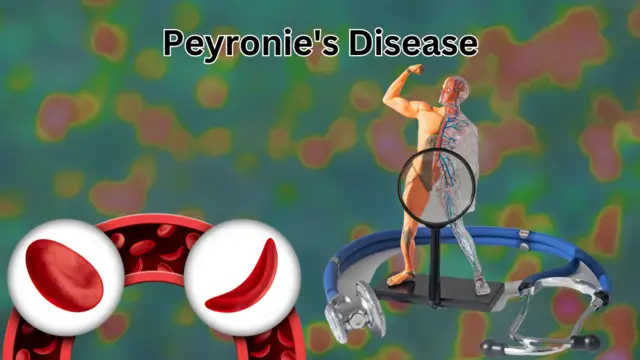Peyronie’s Disease, also known as penile fibrosis, is a condition where scar tissue forms inside the penis, causing it to curve during erections. This can lead to pain, discomfort, and difficulties with sexual intercourse. In this article, we will delve into the latest research on Peyronie’s Disease and explore the potential future directions for its treatment.
Understanding Peyronie’s Disease
Peyronie’s Disease primarily affects middle-aged and older men, although it can occur at any age. The exact cause of the condition is not fully understood, but it is believed to be related to injury or trauma to the penis, which triggers an abnormal healing response, leading to the formation of scar tissue.
Latest Research Findings
Recent research in the field of Peyronie’s Disease has focused on understanding its underlying mechanisms and exploring new treatment options. Studies have identified genetic factors that may predispose individuals to develop Peyronie’s Disease, shedding light on its hereditary aspects.
Researchers have also investigated the role of inflammation in the development and progression of Peyronie’s Disease. Chronic inflammation is thought to contribute to the formation of scar tissue in the penis, leading to curvature and other symptoms. Targeting inflammation pathways may offer new therapeutic avenues for managing the condition.
Future Directions in Treatment
While current treatments for Peyronie’s Disease aim to alleviate symptoms and improve sexual function, there is ongoing research into novel therapies that could potentially modify the course of the disease. One promising approach involves the use of collagenase injections to break down the scar tissue in the penis, allowing for straightening during erections.
Other emerging treatments include the use of shockwave therapy to stimulate tissue regeneration and the development of oral medications targeting specific pathways involved in fibrosis and inflammation. These experimental treatments are still in the early stages of research but hold promise for improving outcomes for individuals with Peyronie’s Disease in the future.
Conclusion
Peyronie’s Disease is a complex condition that can have a significant impact on the quality of life for affected individuals. While current treatments focus on symptom management, ongoing research into the underlying mechanisms of the disease and the development of novel therapies offer hope for improved outcomes in the future. By understanding the latest research findings and exploring potential future directions in treatment, healthcare professionals can better support individuals living with Peyronie’s Disease.


